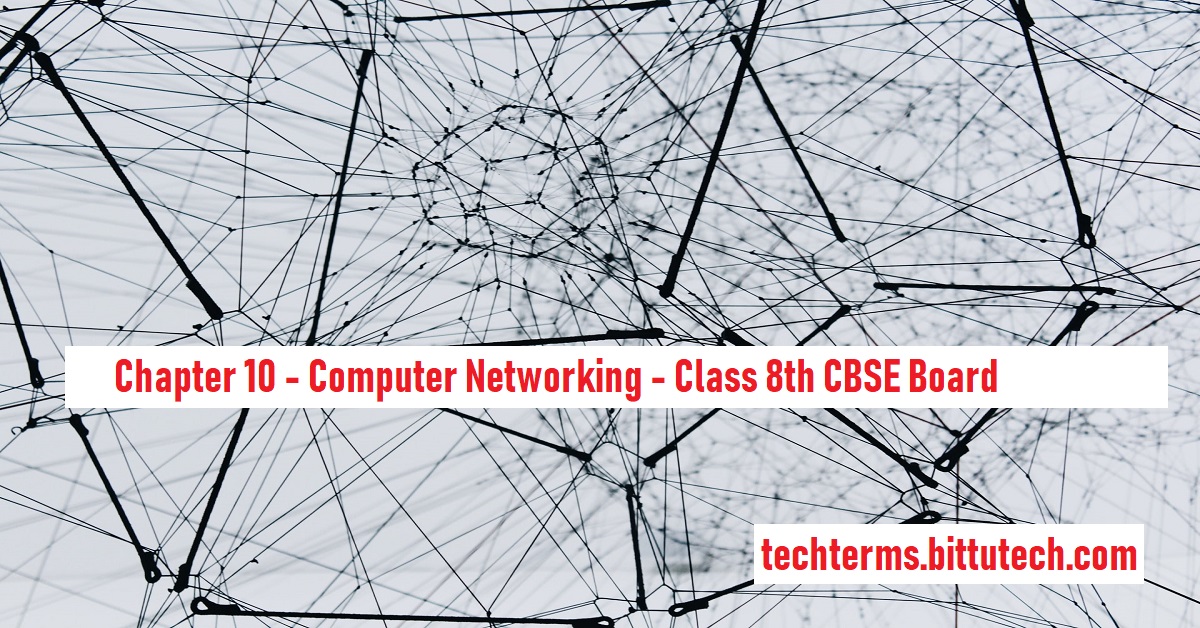Q.1 What do you understand by computer networking?
A set of two or more than two computers that are interconnected through wire or wireless for transmitting the data or information with each other is known as Computer Network and this techniques is called Computer Networking.
Q.2 What are the different types of topologies?
Topology means – Analogy of the Network. It means, How to make the Computer Structure to provide better services. In other words, When we keep multiple computers and connect them in different forms to send or receive information rapidly, so this mechanism is known as Computer Topology.
There are mainly five types of Topology –
- Star Topology
- Bus Topology
- Ring Topology
- Mesh Topology
- Tree Topology
Q.3 What is hybrid topology? Explain one in details.
Hybrid Topology is a type of topology, in which multiple topologies (tree, bus, star, and ring) are connected with each other. In addition, we can see a different way of work of each topology together. Mainly, Hybrid topology is a collection of (Tree, Bus, and Star) Topology to work together. In hybrid topology, all node of Star topology is interconnected via a Bus and those buses are trying to become a hierarchical model (Tree Topology).
Q.4 Discuss the communication channels in a computer network?
Communication channels are those channels which are used to transmit the data or information and to help by which two or more than two devices can communicate with each other. Communication Channel helps us to transfer the data through wire or air.
There are various types of communication channel to send and receive the data via wire or wireless.
- co-axial wire
- twisted pair
- fibre-optics cable
- wireless link
Q.5 Explain the Wireless links in networking?
Wireless links is a type of communication channel which is used to transfer the data wirelessly. When we want to connect with someone wirelessly, so we can use this communication medium mechanism to send or receive the data.
Q.6 Distinguish between-
- Star and Ring topologies -:
- Star Topology -: In Star topology, multiple nodes connect with one Server to transfer or receive the data.
- Ring Topology -: In Ring Topology, there is no server available, each node sends or receives the data itself.
- LAN and WAN -:
- LAN -: LAN is an acronym of Local Area Network. This is also a type of network, in which computer devices connects through wire or wirelessly. Its range from 10 meter to 5km.
- WAN -: WAN is an acronym of Wide Area Network. This is also a type of network, in which computer devices connects through wirelessly. Its range is too broad. This network is also known as Internet.
- Co-axial cables and twisted pair cables-:
- Co-axial cable -: Coaxial cable, or coax is a type of electrical cable consisting of an inner conductor surrounded by a concentric conducting shield. many coaxial cables also have a protective outer sheath or jacket.
- Twisted pair Cable -: Twisted pair cabling is a type of wiring in which two conductors of a single circuit are twisted together for the purposes of improving electromagnetic compatibility.
- Fibre-optics cable and wireless links-:
- Fibre-optics Cable -: An optical fiber is a flexible, transparent fiber made by drawing glass or plastic to a diameter slightly thicker than that of a human hair.
- wireless links -: It is often used in cities to connect networks in two or more buildings without installing a wired link.




